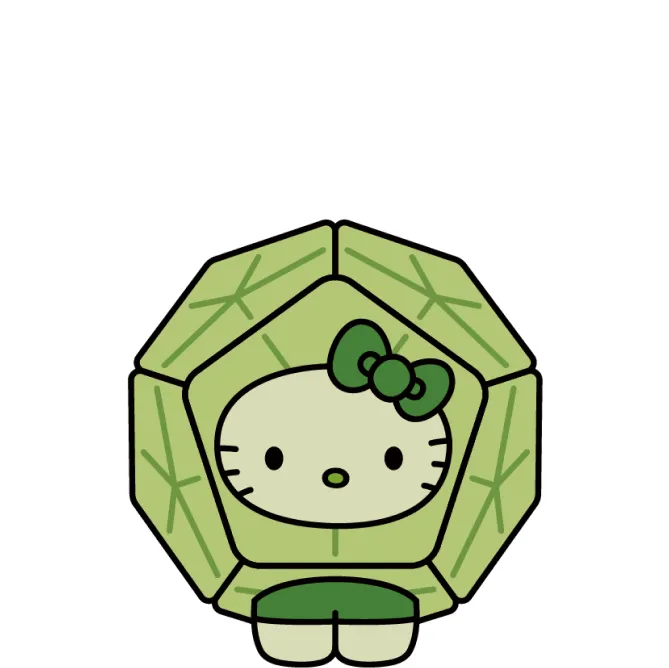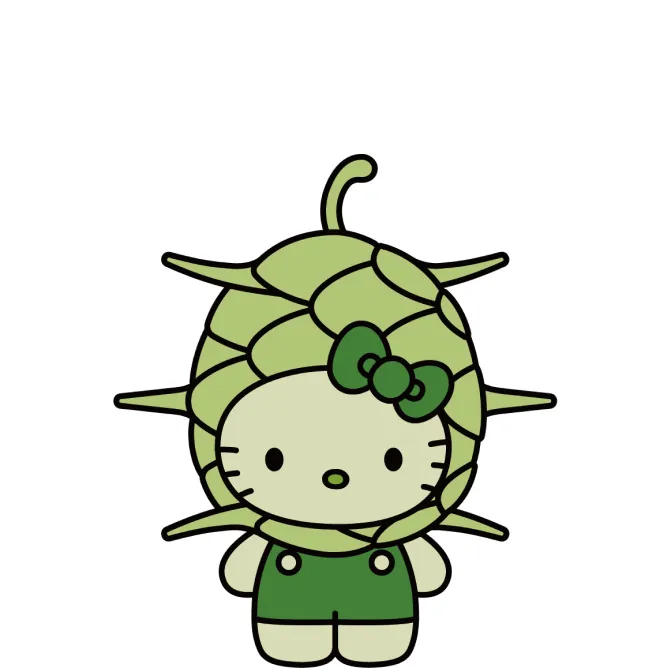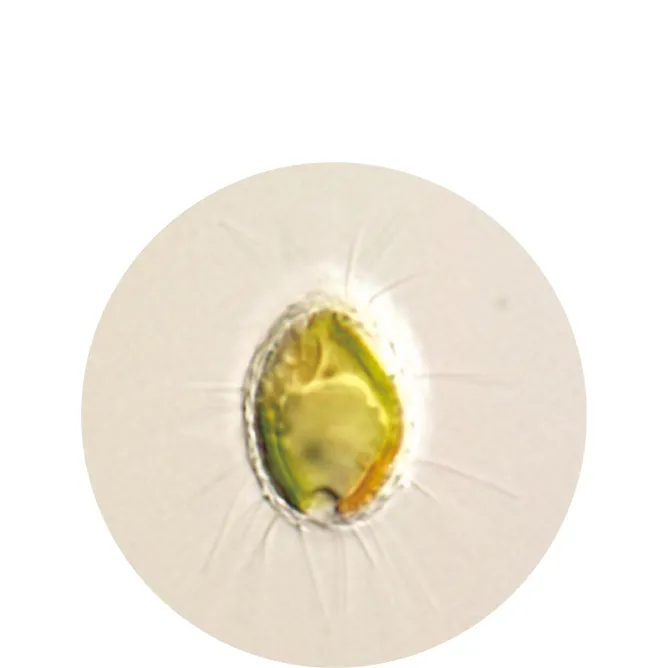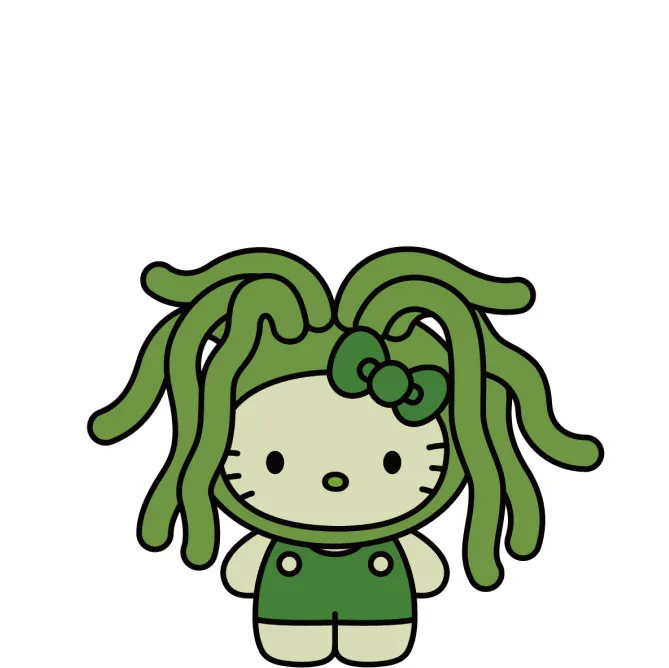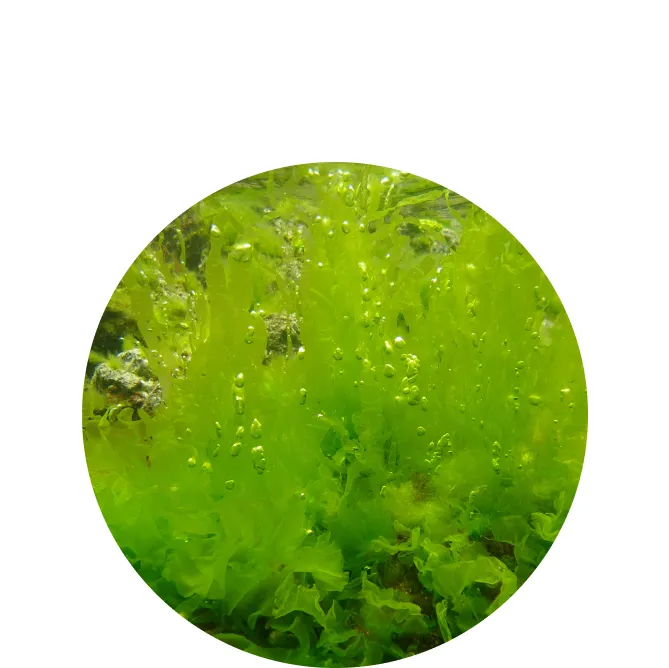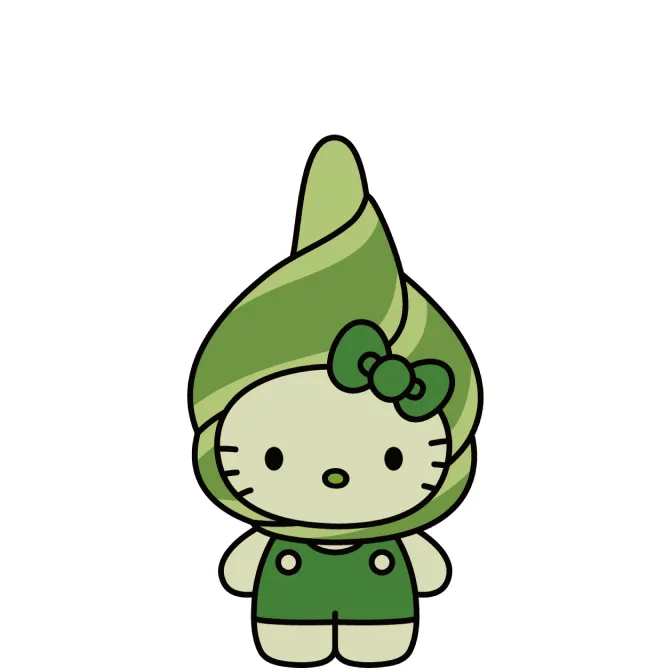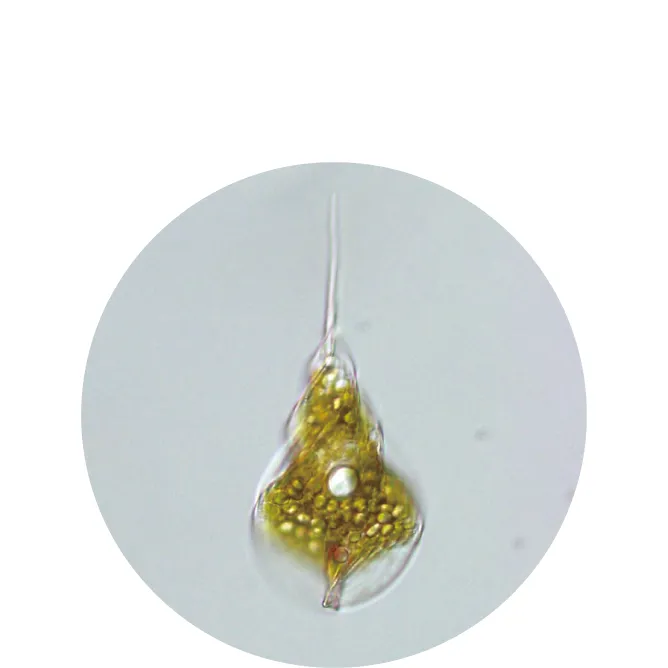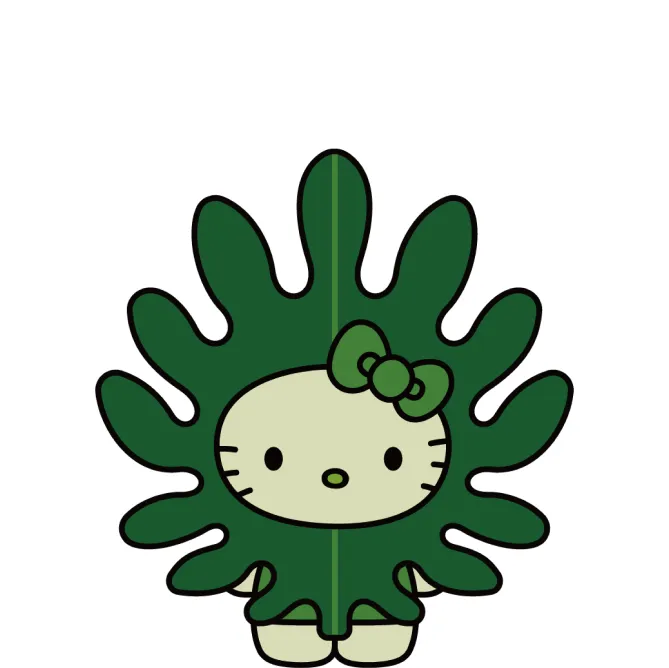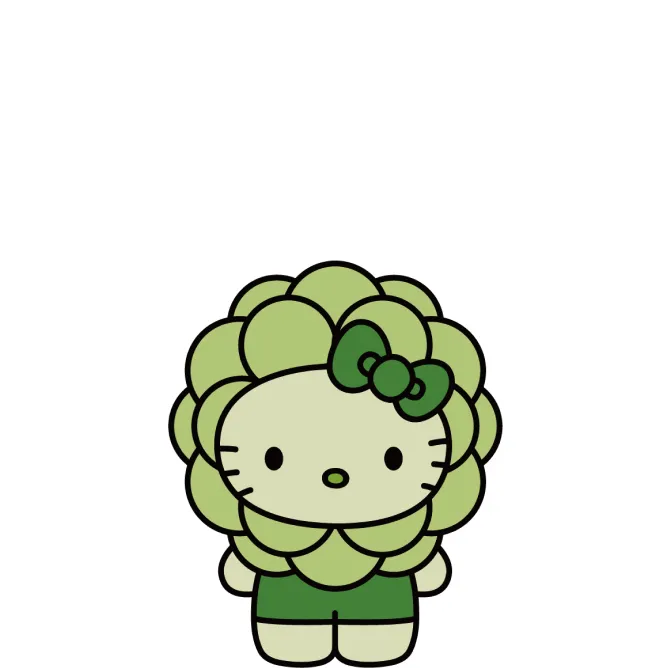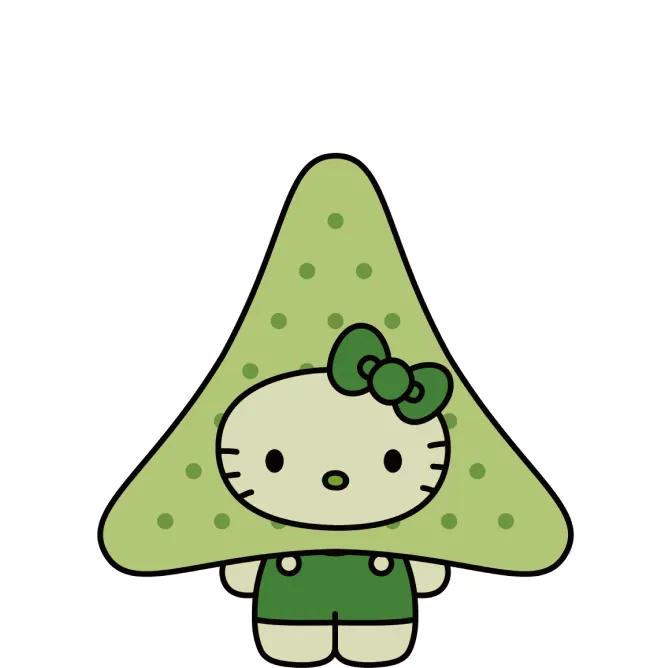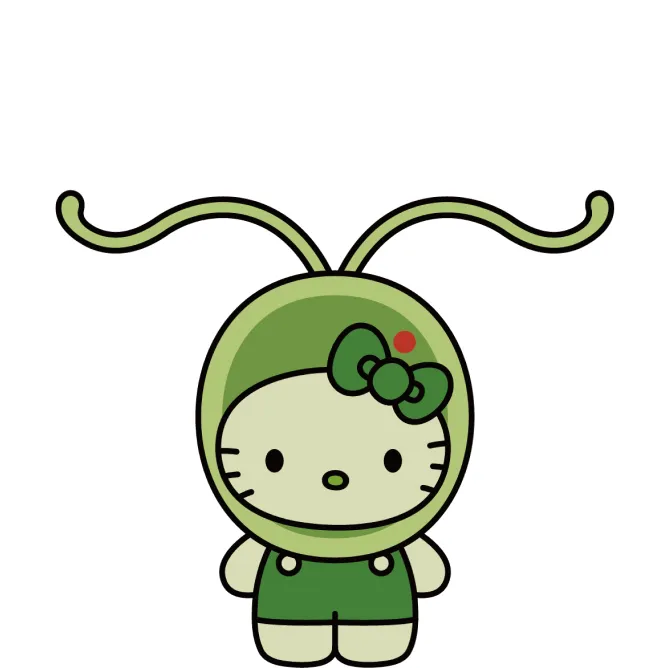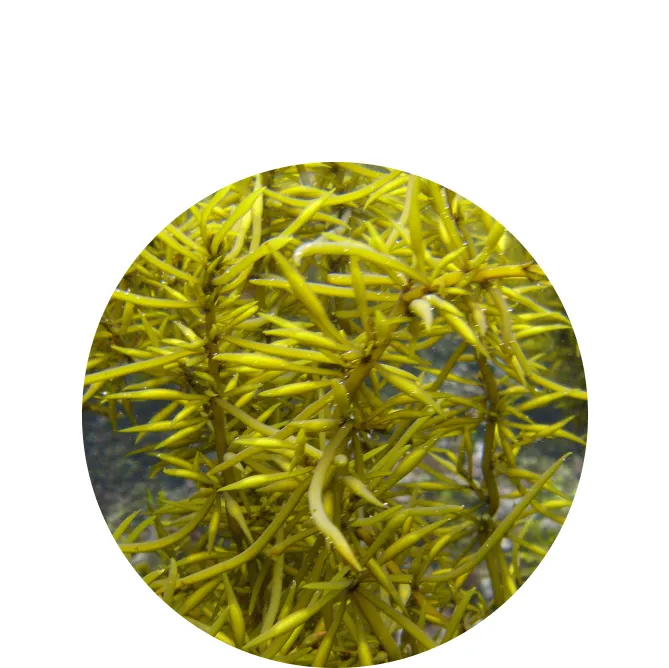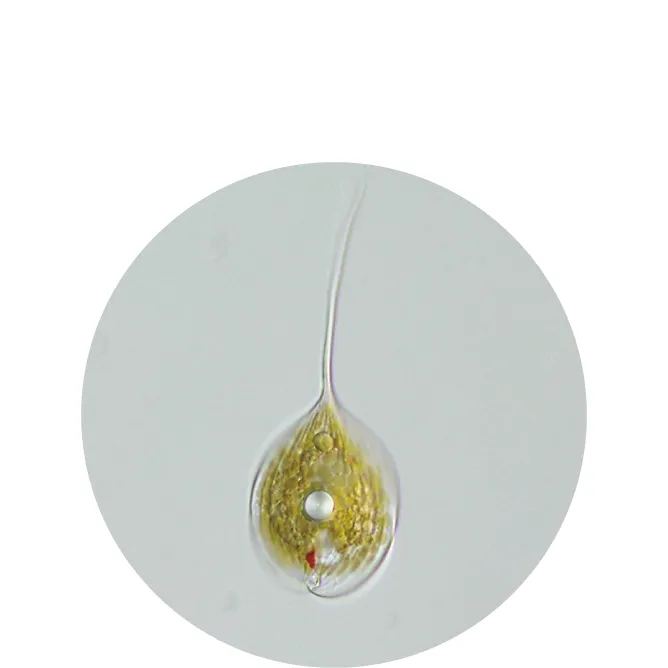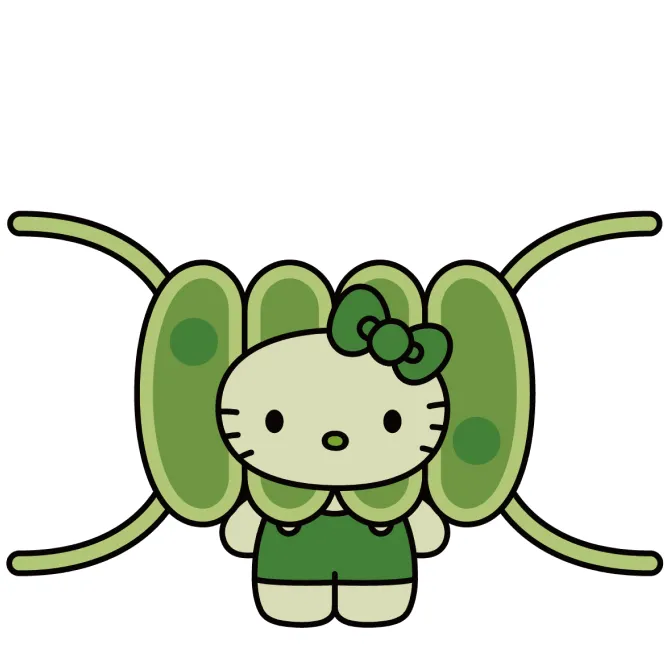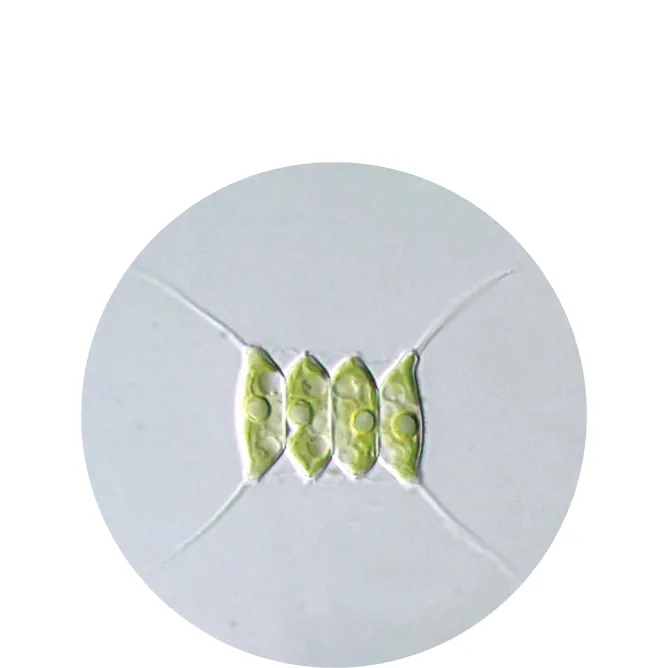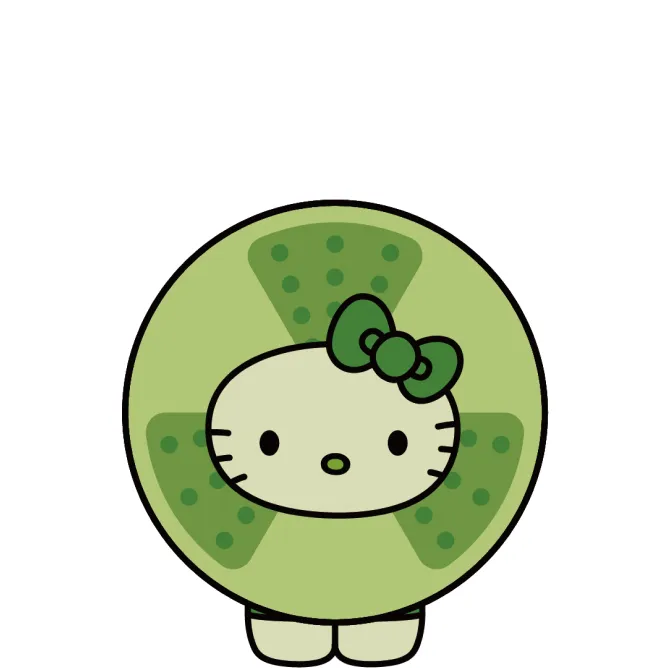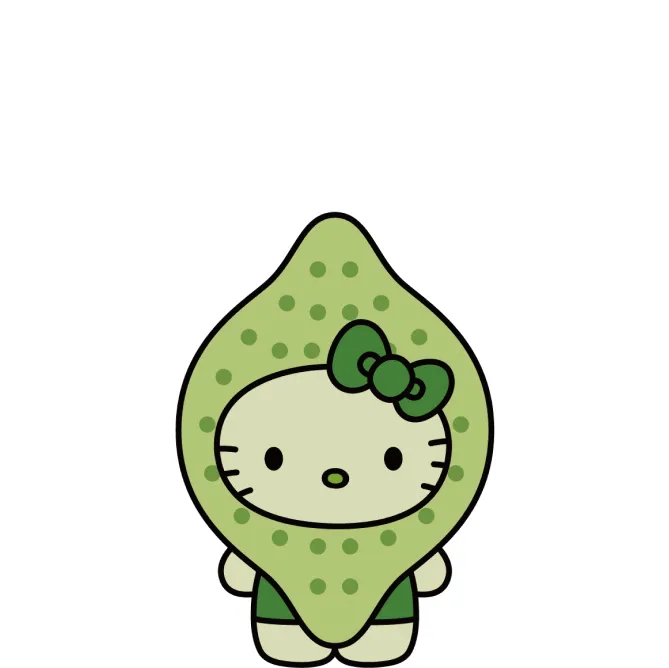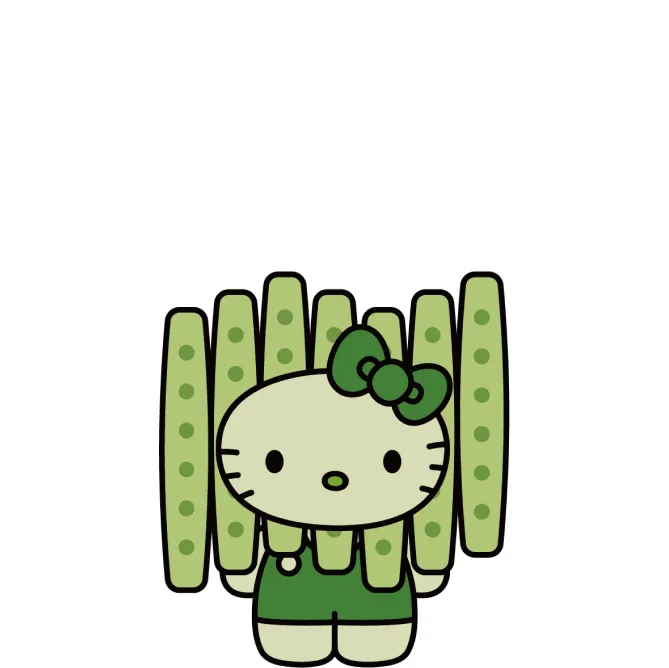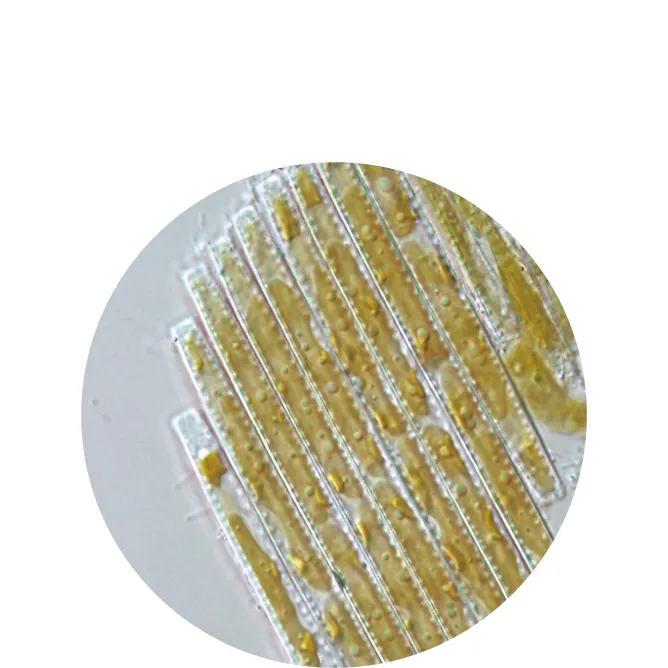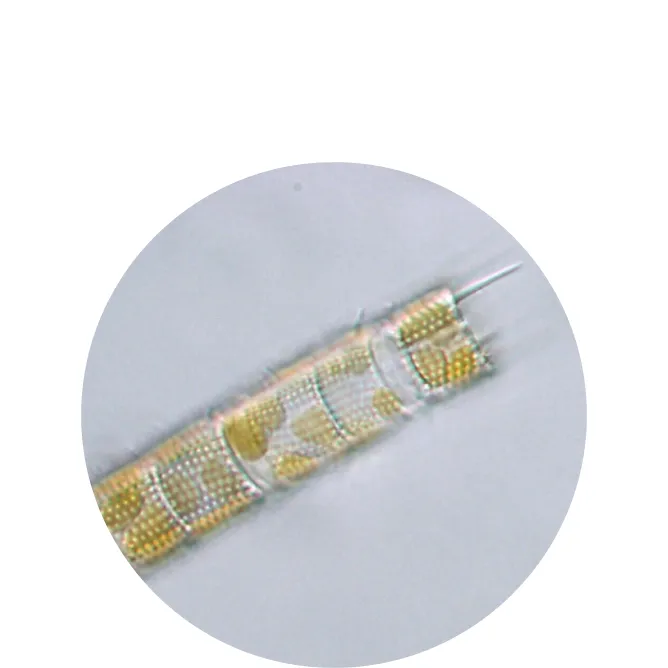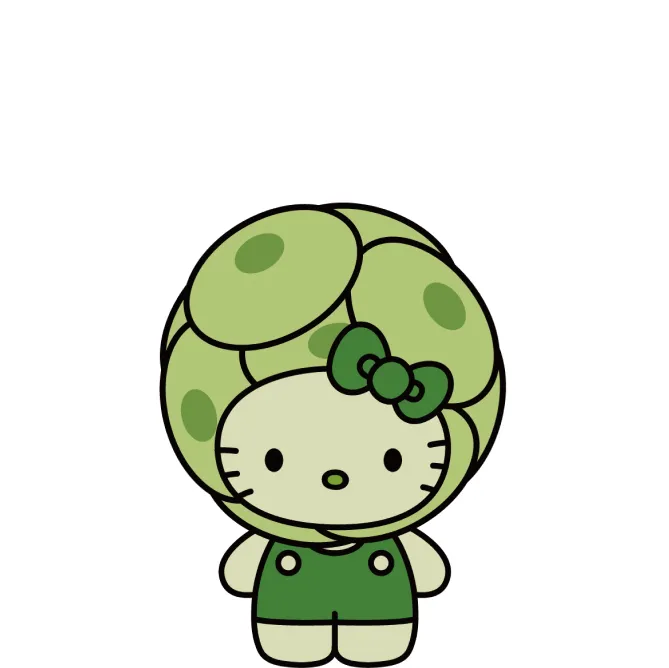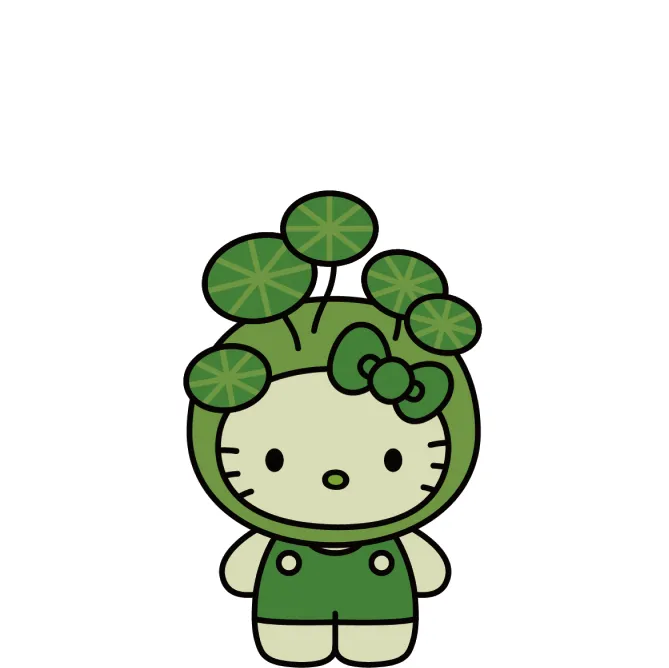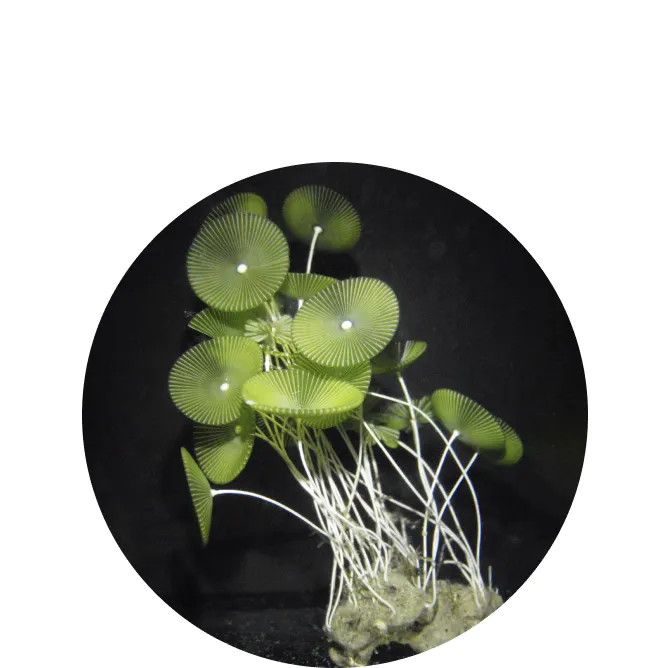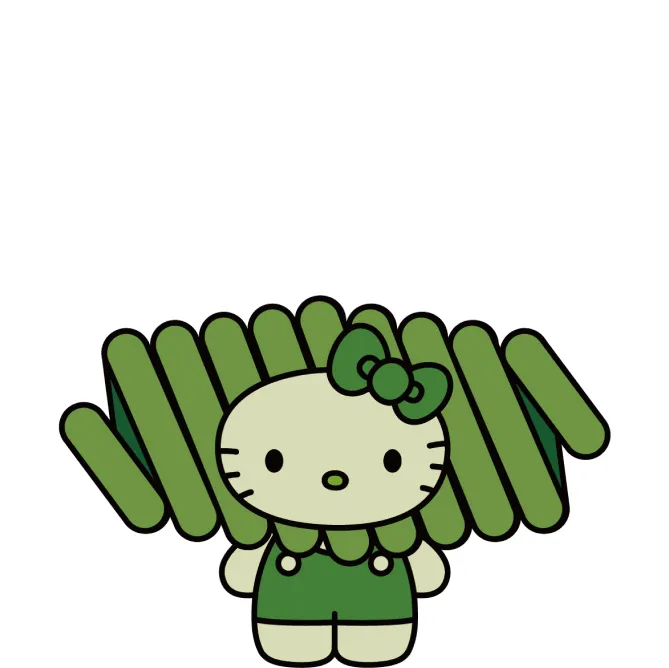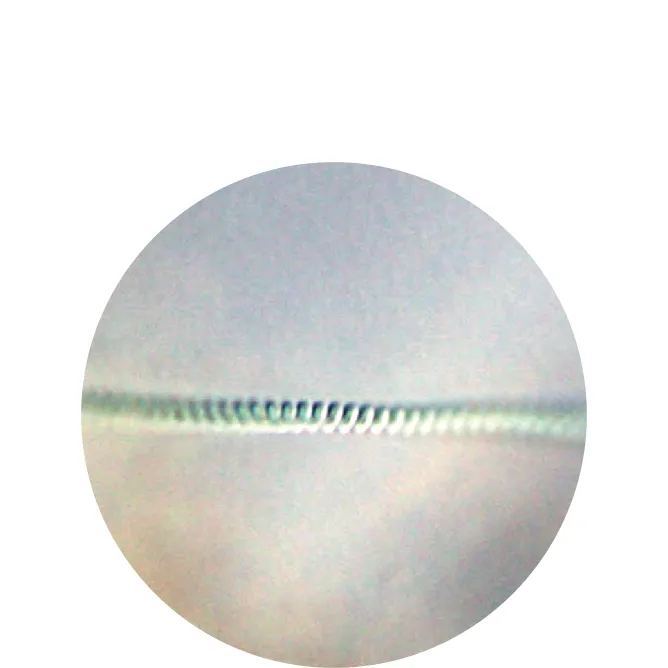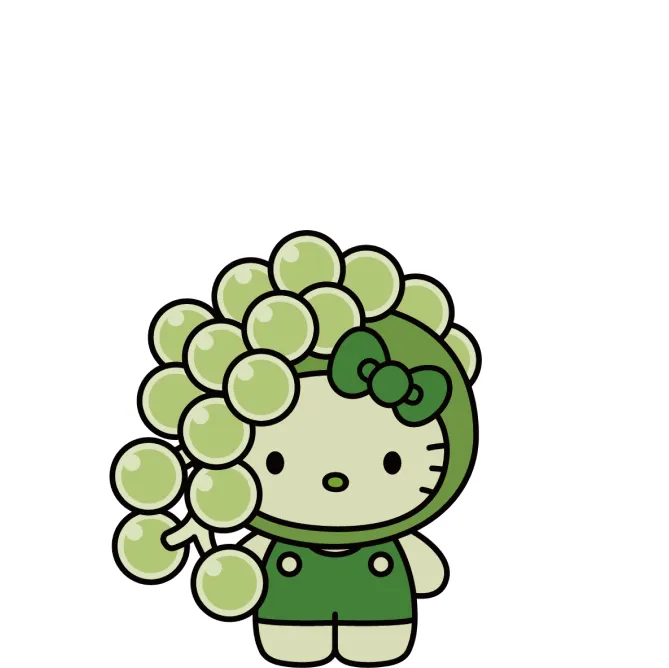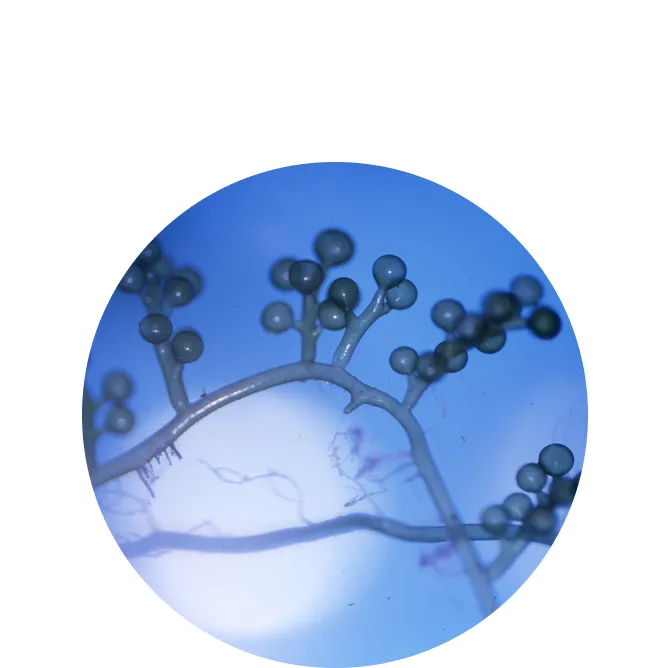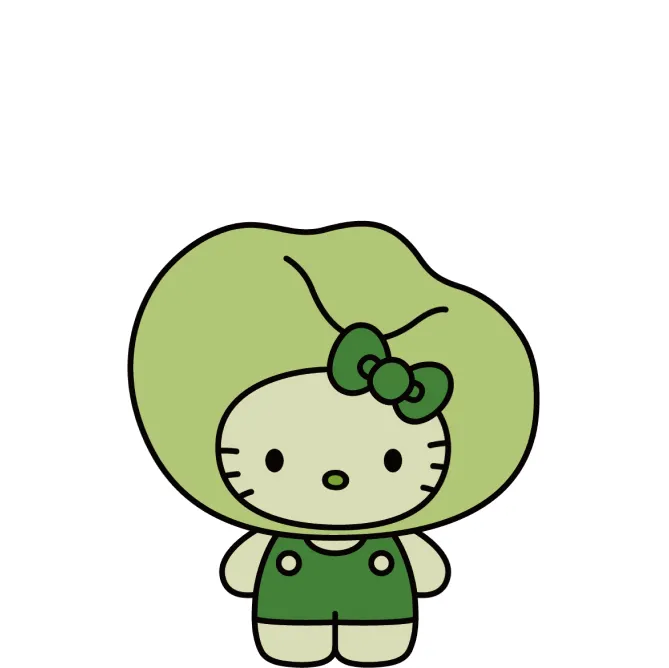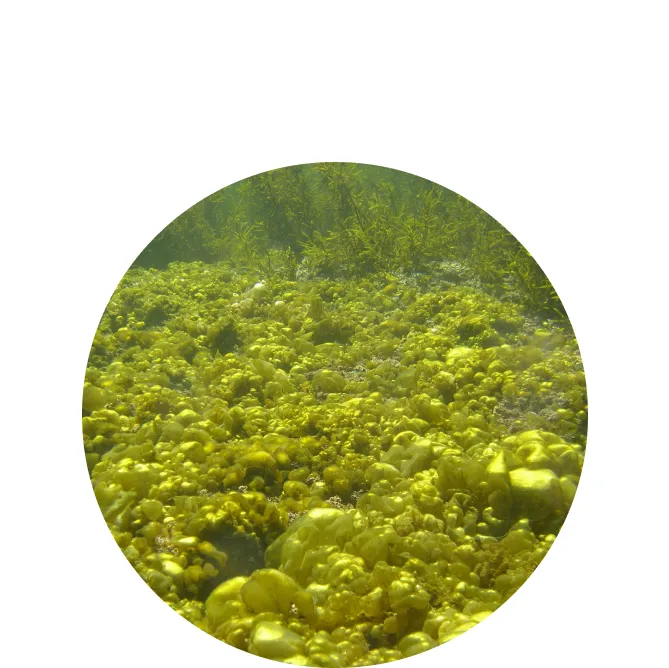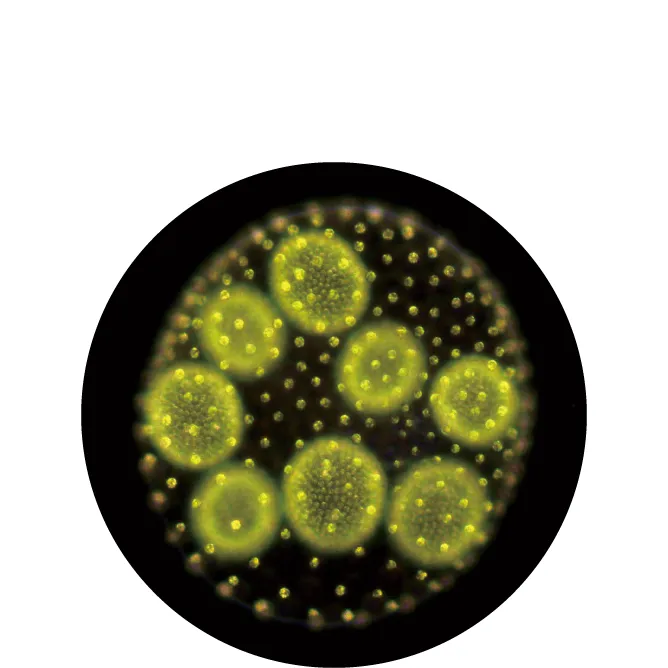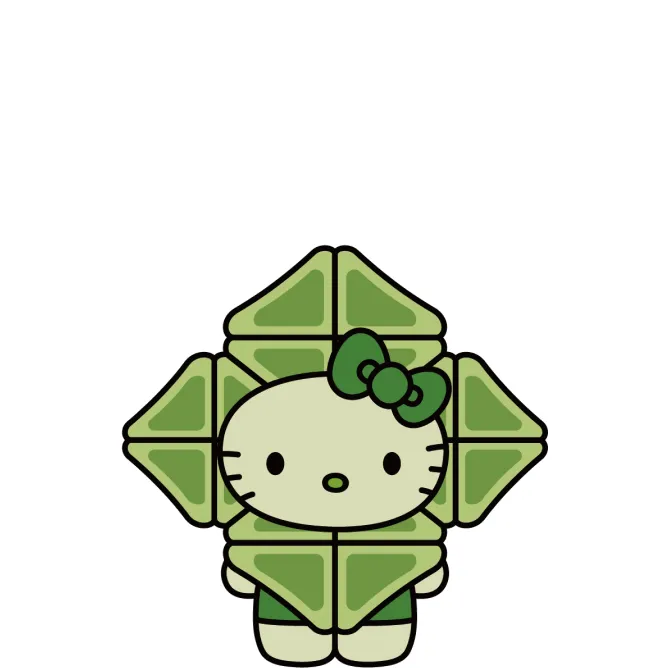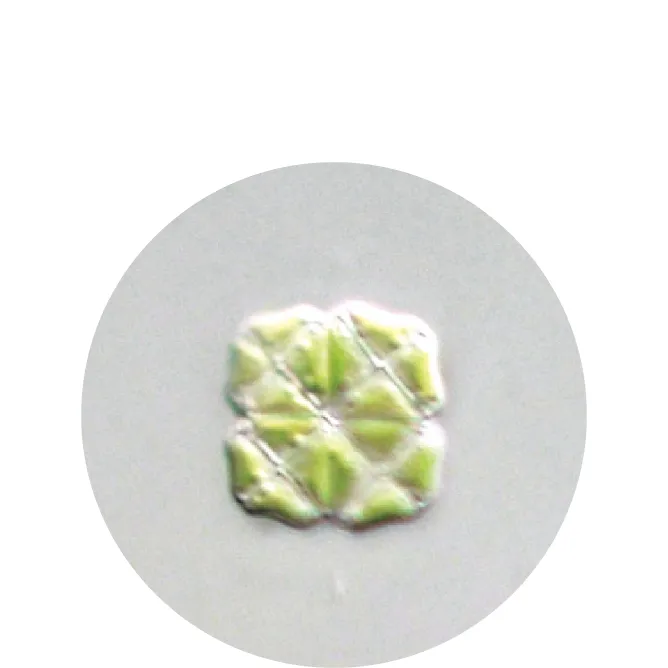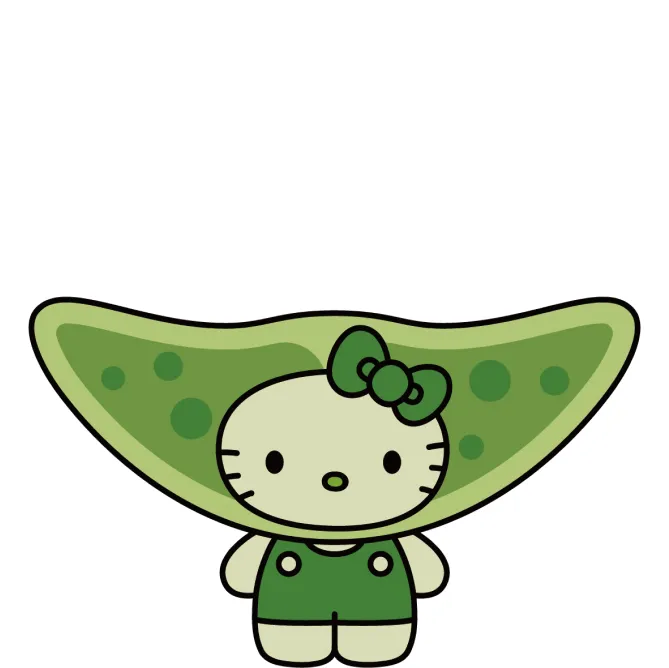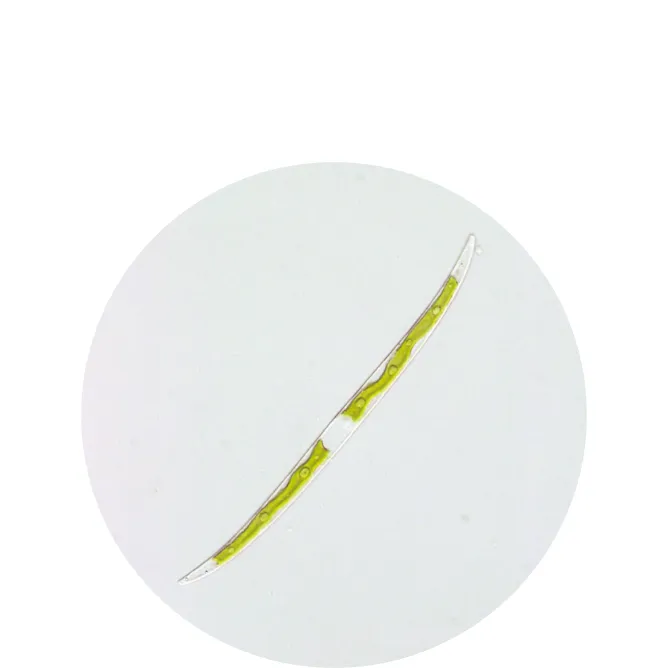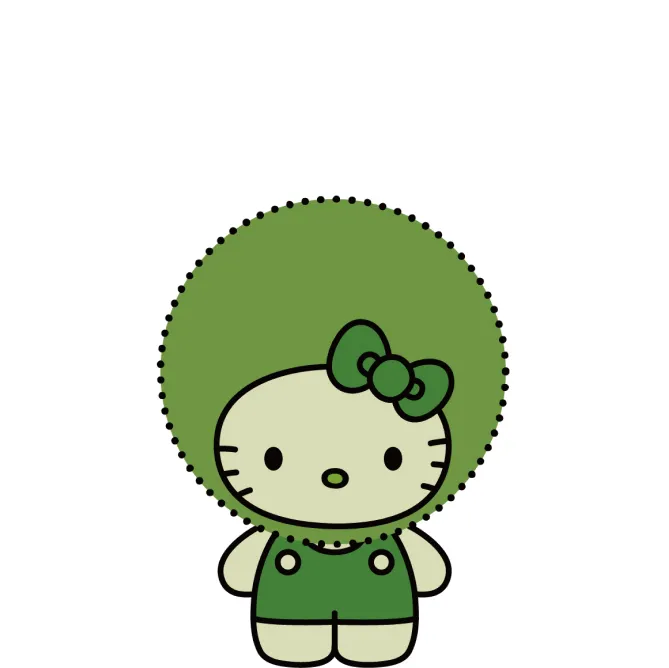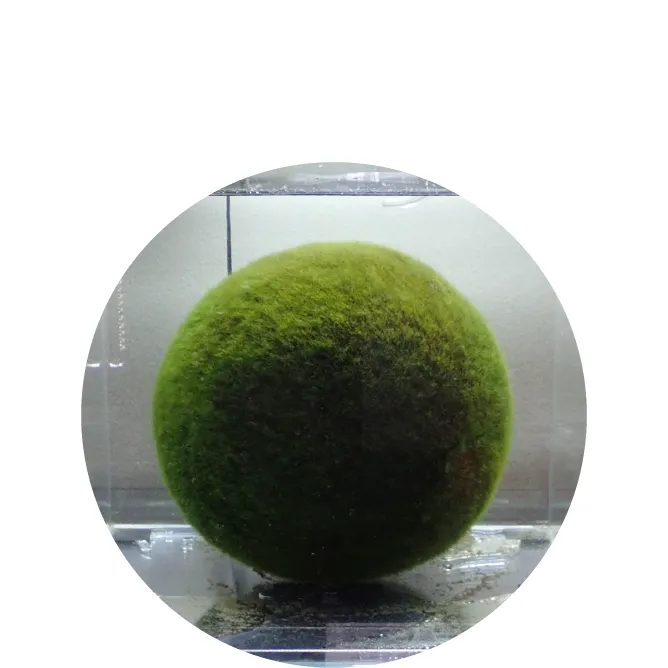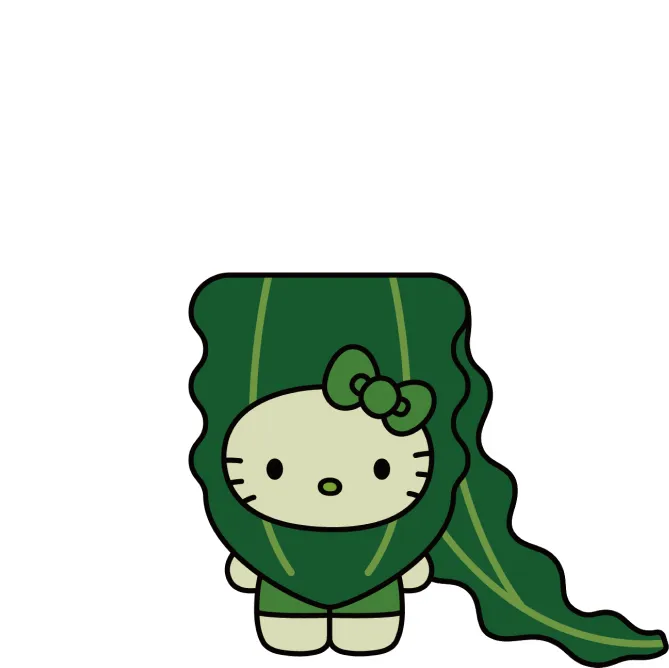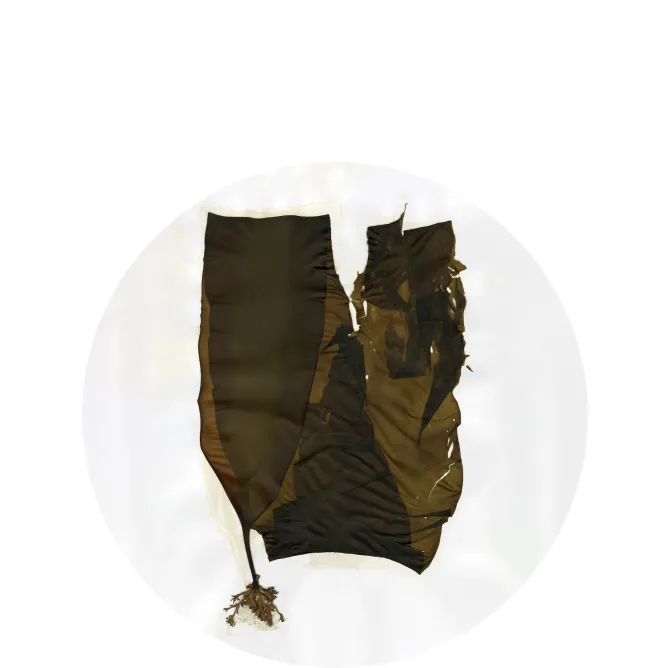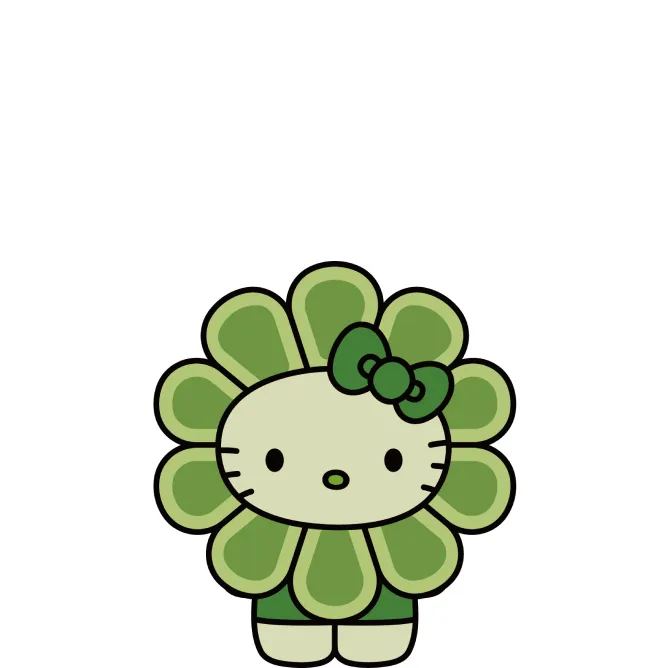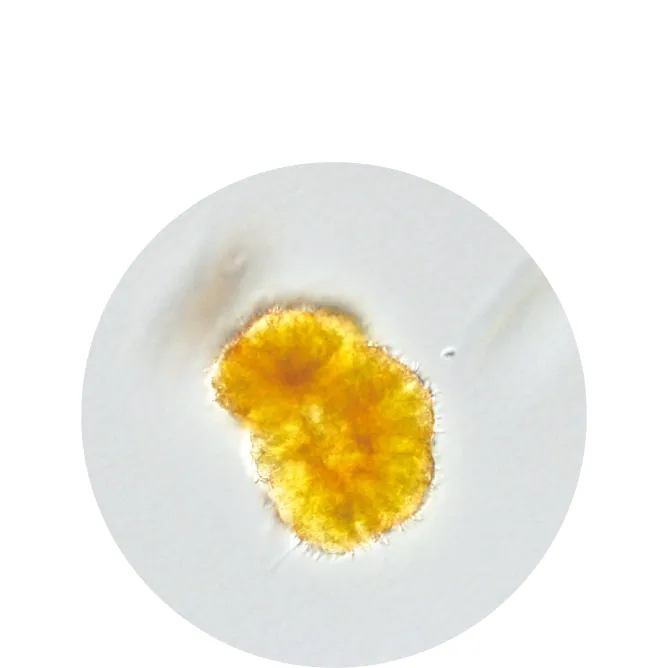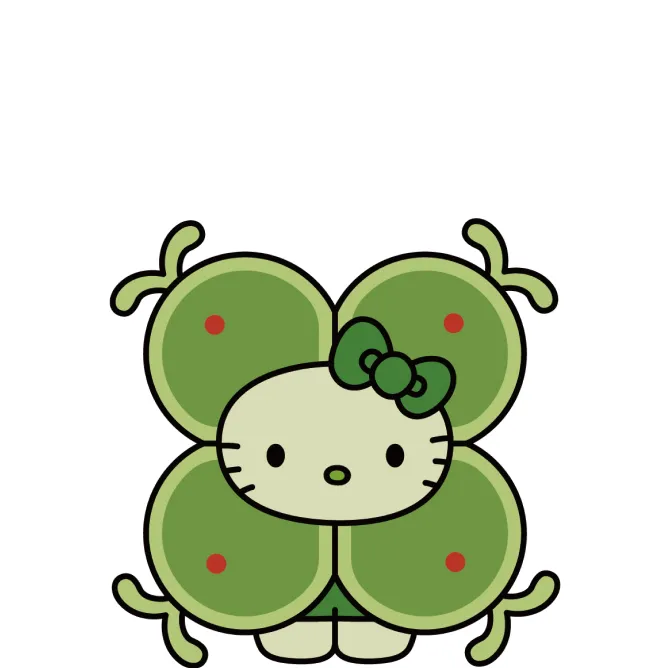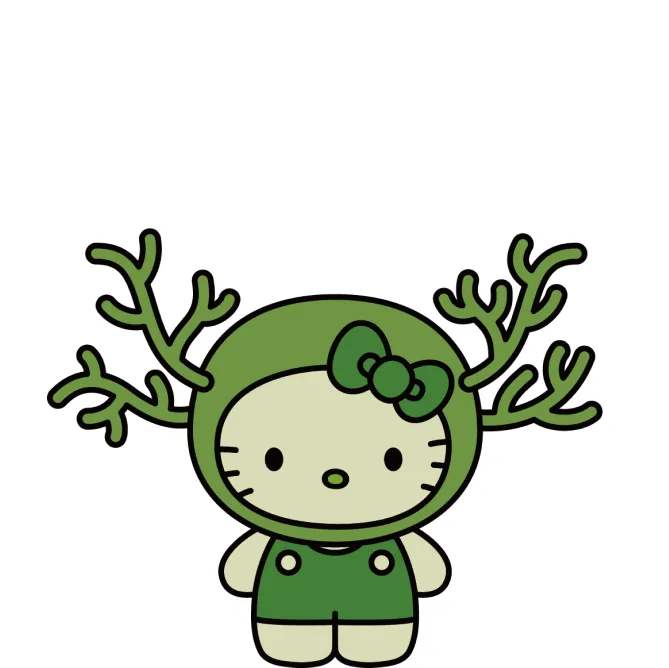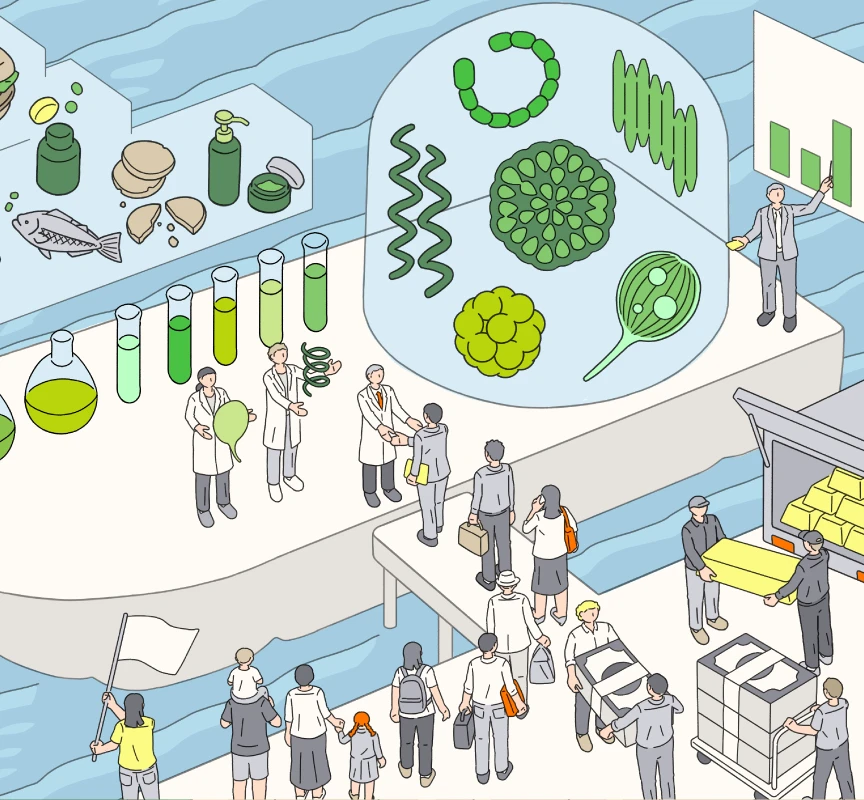Feature
Hello! Choose Your Favorite “Algae × Hello Kitty Encyclopedia”

Index
Long before humanity existed, “algae” have been thriving on Earth. Although often overlooked, algae are gaining attention as a potential solution to global challenges. Not only do they convert carbon dioxide and water into oxygen and sugar through photosynthesis, but they also provide high-nutrient food, alternative fuels to petroleum, and raw materials for cosmetics. New technological developments are underway to unlock their latent power.
At the Japan Pavilion of Expo 2025 Osaka, Kansai, an exhibit will showcase Japan's innovations in algae technology. Among these is the beloved character Hello Kitty, reimagined in the form of various algae. Over 300,000 species of algae are known to exist in nature, ranging from microscopic sizes to over 50 meters in length. Out of these, 32 species have been selected to become “Algae × Hello Kitty” and will be displayed as life-sized sculptures in the Japan Pavilion.
Explore Shapes that Catch Your Eye
In anticipation of the Expo in April 2025, this article introduces the “Algae × Hello Kitty Encyclopedia.” Algae possess diverse and unique characteristics, each with its own distinct shape. While learning about their capabilities and potential, why not find your favorite among these unexpected encounters with 32 types of algae?
*The “Algae × Hello Kitty” designs are inspired by real algae species. To effectively convey the appeal of algae, each character emphasizes the outer shape characteristics of the species. As a result, the designs may differ from actual algae in terms of size, color, and shape.
Macroalgae Supervision: Taiju Kitayama
Chief Researcher, Fungi and Algae Research Group, Department of Botany, National Museum of Nature and Science. Ph.D. in Science. Specializes in the taxonomy, algal flora, and history of phycology, with recent research on freshwater algae growing in rivers. Currently studying algae in the vicinity of the Imperial Palace. Oversees the "Phylogeny Square" exhibit in the permanent collection of the museum’s Global Gallery and has developed the educational museum product "Kahaku Cards" to accompany the exhibit.
Microalgae Supervision: Takashi Nakada
Lecturer, Hokkaido University. Graduated from the Faculty of Science and completed the Ph.D. program at the Graduate School of Science, University of Tokyo. Previously served as a Specially Appointed Lecturer at Keio University’s Graduate School of Media and Governance. Specializes in the taxonomy of micro-green algae and has a keen interest in scientific and Japanese names of organisms, proudly expanding his collection of reference books daily.
Let’s Share!
Have you found your favorite shaped “Algae × Hello Kitty”? Share your Monthly JP pavilion and circulate your thoughts.
